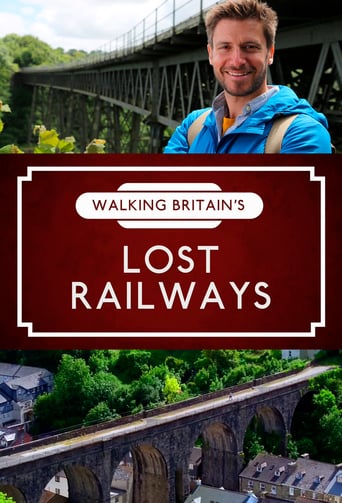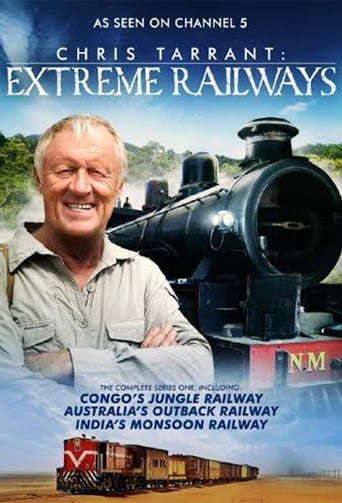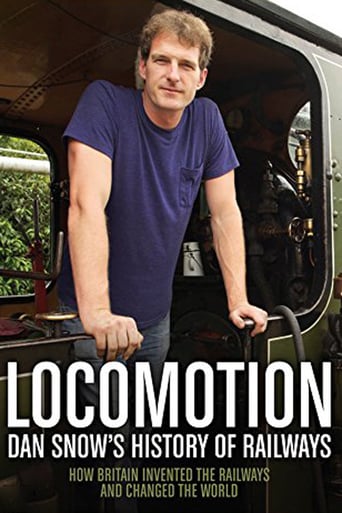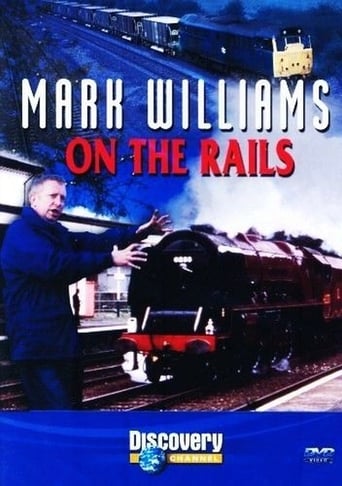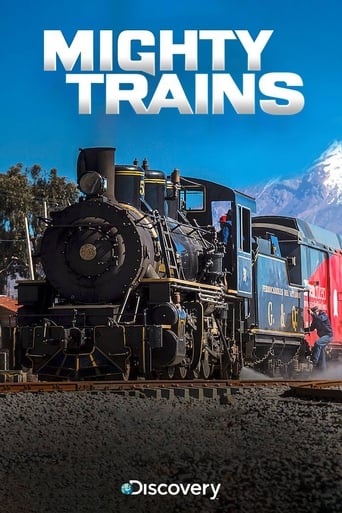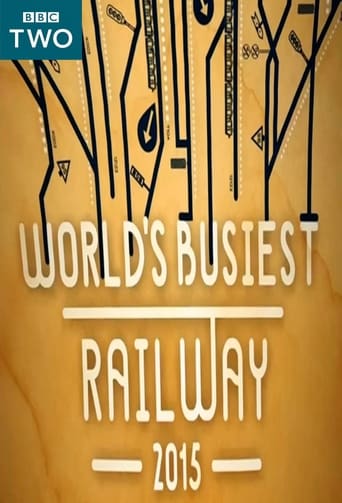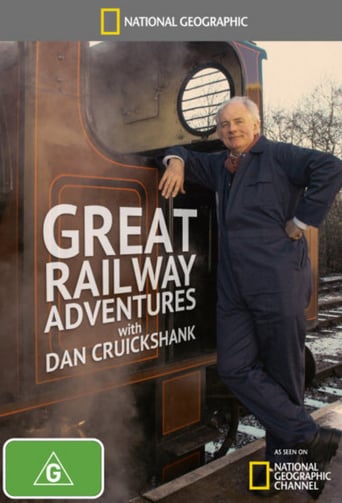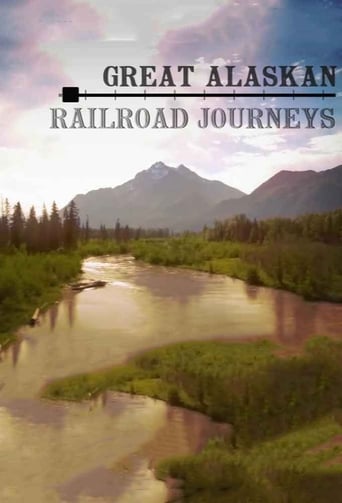Walking Britain's Lost Railways Season 2
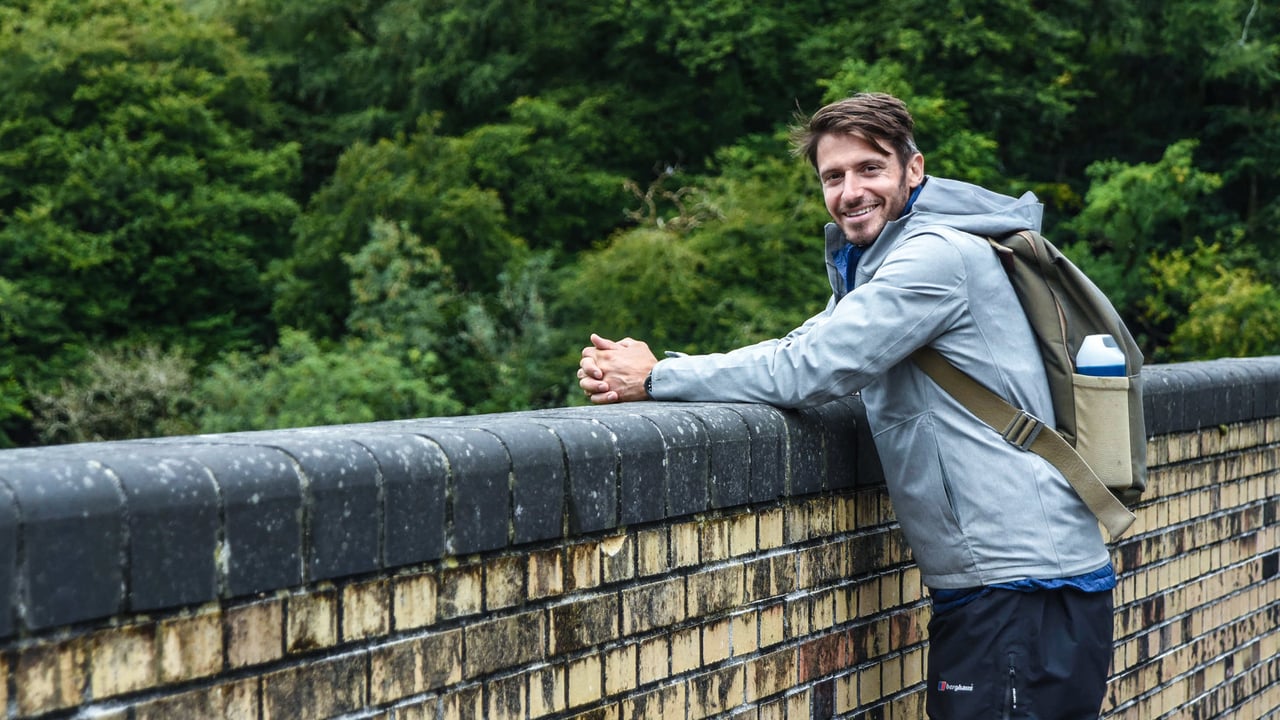
Rob Bell explores the lost landscapes and infrastructure of some of Britain's former railway lines. From the 1960's the axe fell on 4,000 miles of Britain's rail network. Now, decades later, Rob Bell is going on journey to uncover those lost railway lines. Every week Rob will explore a different line; experiencing the hidden landscapes, lost infrastructure and forgotten worlds that disappeared when the line closed.
Watch NowWith 30 Day Free Trial!
Walking Britain's Lost Railways
2018

Rob Bell explores the lost landscapes and infrastructure of some of Britain's former railway lines. From the 1960's the axe fell on 4,000 miles of Britain's rail network. Now, decades later, Rob Bell is going on journey to uncover those lost railway lines. Every week Rob will explore a different line; experiencing the hidden landscapes, lost infrastructure and forgotten worlds that disappeared when the line closed.
Watch Trailer
With 30 Day Free Trial!
Walking Britain's Lost Railways Season 2 Full Episode Guide
Rob Bell explores the Waverley Route, which ran south from Edinburgh for 100 miles through the Scottish Borders to Carlisle, connecting with what is now known as the West Coast Main Line. After years of campaigning, the first stage of Rob's journey is aboard the new Borders Railway, the longest railway to open in over a century. It follows part of the old Waverley Route, making fine use of the 170-year-old, 23-arch Newbattle Viaduct. Rob also pays a visit to one of Hawick's surviving cashmere factories and discovers a First World War prisoner of war camp served by the railway.
Rob Bell heads to Norfolk to follow a lost railway through some of the quietest - yet wealthiest - parts of the country. This railway was a curious latecomer when it was built in the 1880s and it threatened to rudely thrust the region into the industrial age. Rob explores an entire engineering town built from scratch, learns how Norfolk's agriculture was super-charged, and sees for himself where thousands of holidaying Midlanders arrived to sail the Norfolk Broads. The line put Norfolk on the frontline of the war so Rob takes to the skies to spot dozens of hastily constructed airfields.
Until it closed in 1966 the Deeside Railway followed the River Dee upstream from Aberdeen into what is now the Cairngorms National Park. As luck would have it, Queen Victoria purchased Balmora just as the line was set to open, giving the route prestige. Rob Bell retraces the route, visiting a shooting estate, tossing a caber and finding an unmistakable Highland `brand" that all owe their existence to this royal railway age. He also explores a quiet valley of cattle farming and timber sawmills, and, in truth, a simple railway that struggled for decades to justify its own existence, despite its royal veneer.
Rob travels to Bangor in North Wales, where he explores a lost line that was built in 1801 to transport Welsh slate from the local quarry, which once was the largest in the world, and now provides the backdrop for the world's fastest zip line. He also follows the Victorian railway inland to Llanberis, where tourists still flock to ride a special train to the summit of Snowdon, and discovers why the heirs to the throne have been styled Prince of Wales' for seven centuries.
Rob Bell heads to the industrial heartlands of north-east England, beginning on Wearside, where he learns about the world's first railway designed for steam locomotives. Rob also visits the living' museum at Beamish and rides a railway from George Stephenson's day, following an old line into Hartlepool, where a medieval port was turned into a mega-centre of coal, rail and shipping in just one generation.
Rob Bell explores more abandoned rail routes, beginning with one that cut an outrageous path through the dramatic hills and gorges of the Peak District - part of the 1860s express route between London and Manchester. From Matlock to the spa town splendour of Buxton, Rob unearths a tale of Victorian ambition, as he travels along a route filled with great engineering, which is now a beloved part of the Peak District National Park.
Free Trial Channels
Seasons


